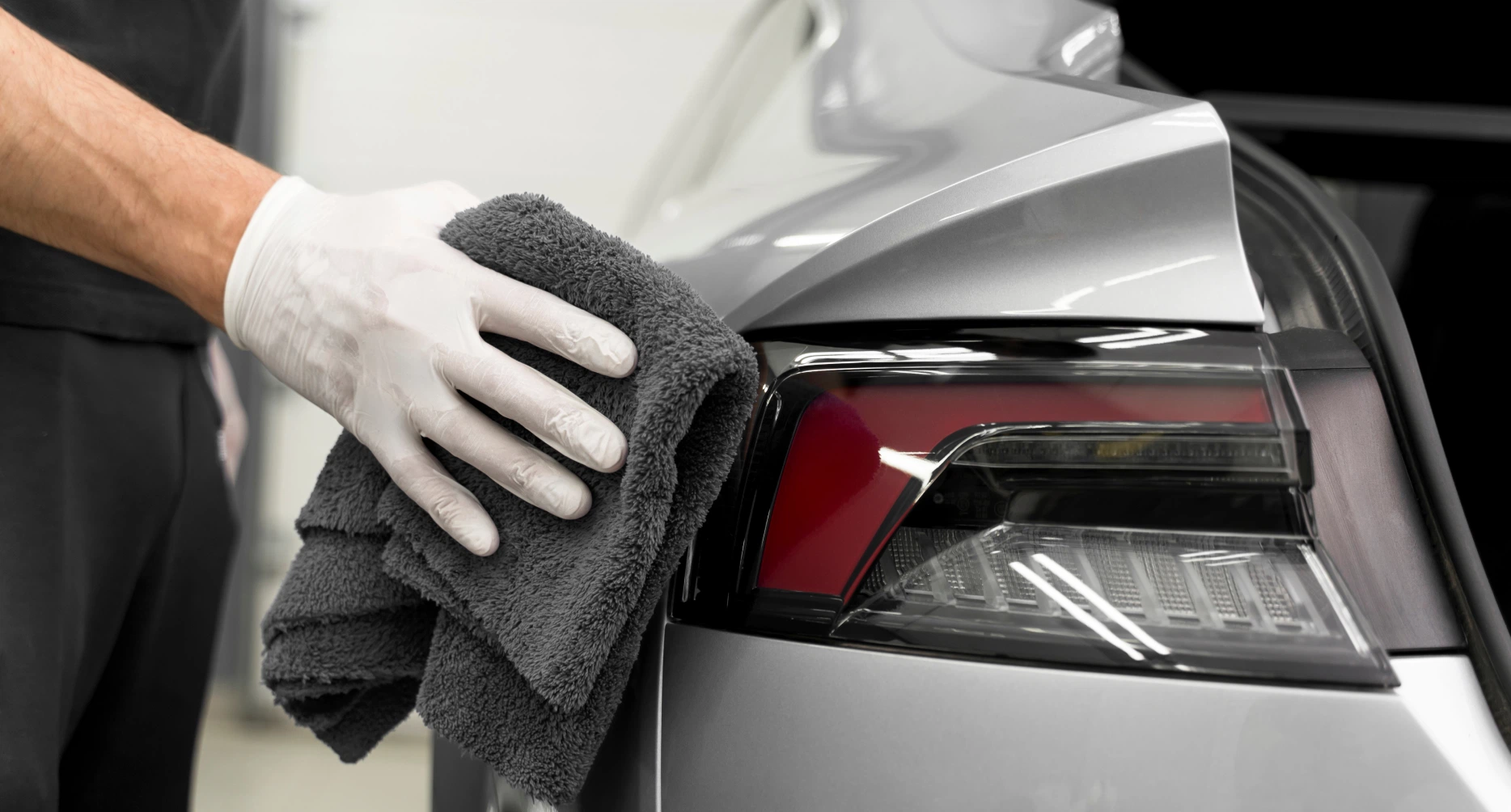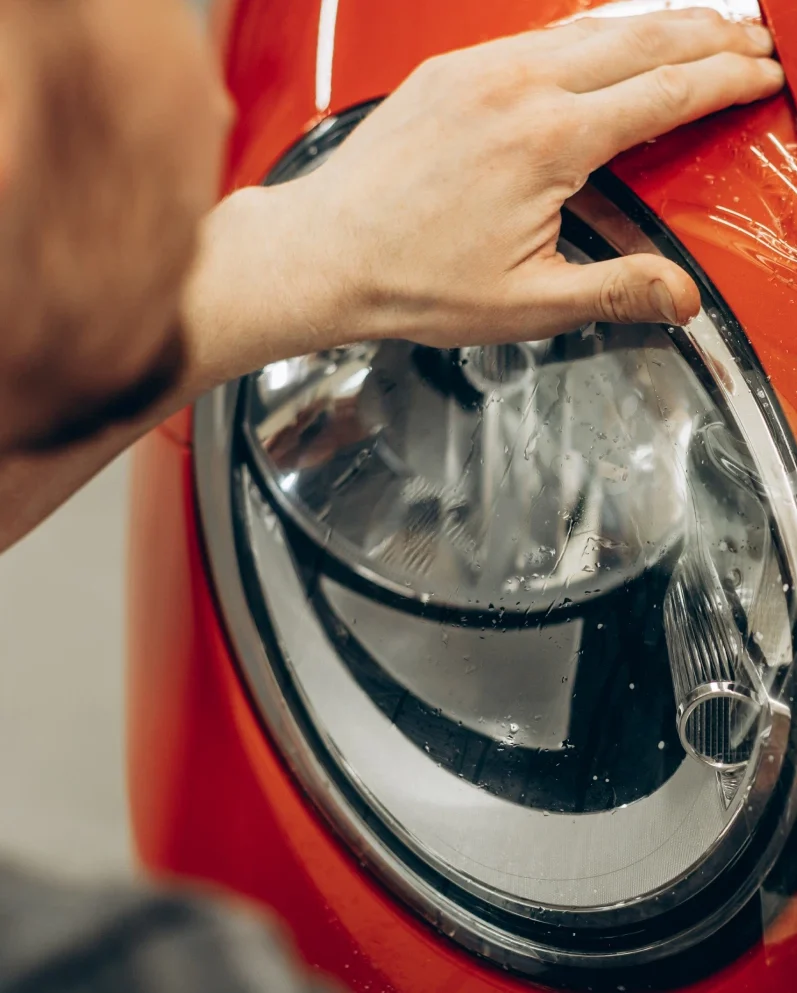Introduction
This article provides some guidance on how to value a part-exchange vehicle correctly. Check out our 12 point plan below.

Image courtesy of MuffinGringo via Rexels
- Ask Key Questions Early
- Ask about the vehicle’s service history: “When was it last serviced?”
- Confirm if the car has a full or partial service record.
- Check the MOT history online, paying attention to past advisories and failures.
- Walk the Car with the Customer
- Walk around the car together — don’t just list issues, but gently point them out by touching scuffs, scratches, or dents.
- Mention if the alloys will need refurbishment or if bodywork repairs are necessary.
- Use this as an opportunity to involve the customer, making the process transparent rather than critical.
- Inspect Key Details
- Check tyre tread depths and condition.
- Check the interior for wear, smells, warning lights, or electrical faults.
- Test Drive
- Drive the car (even a short distance) to check mechanical condition: steering, brakes, clutch, gearbox, and electronics.
- Check the Trade Value
- Look up the trade (wholesale) value based on condition, mileage, and specification.
- Be Transparent About Condition and Costs
- Explain clearly: “The car is in generally good condition, but we’ve identified a few things that would need sorting before resale.”
- Repoint issues already discussed and explain estimated costs to fix them (e.g., £300 for refurbishing wheels, £200 for bodywork).
- Agree a Realistic Price
- Offer the trade price minus the necessary reconditioning costs.
- Keep the conversation fair and logical — focus on facts, not opinions.







